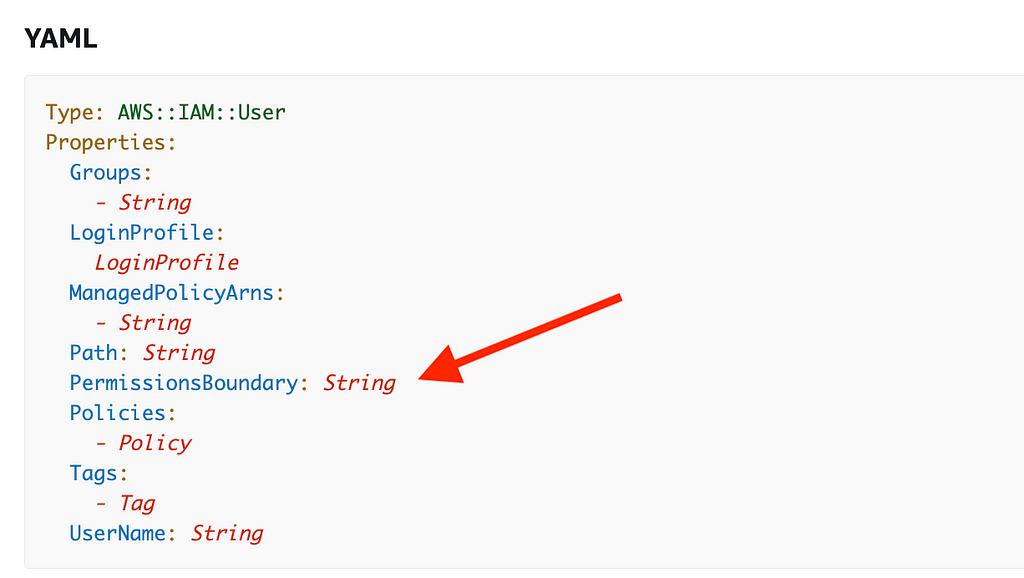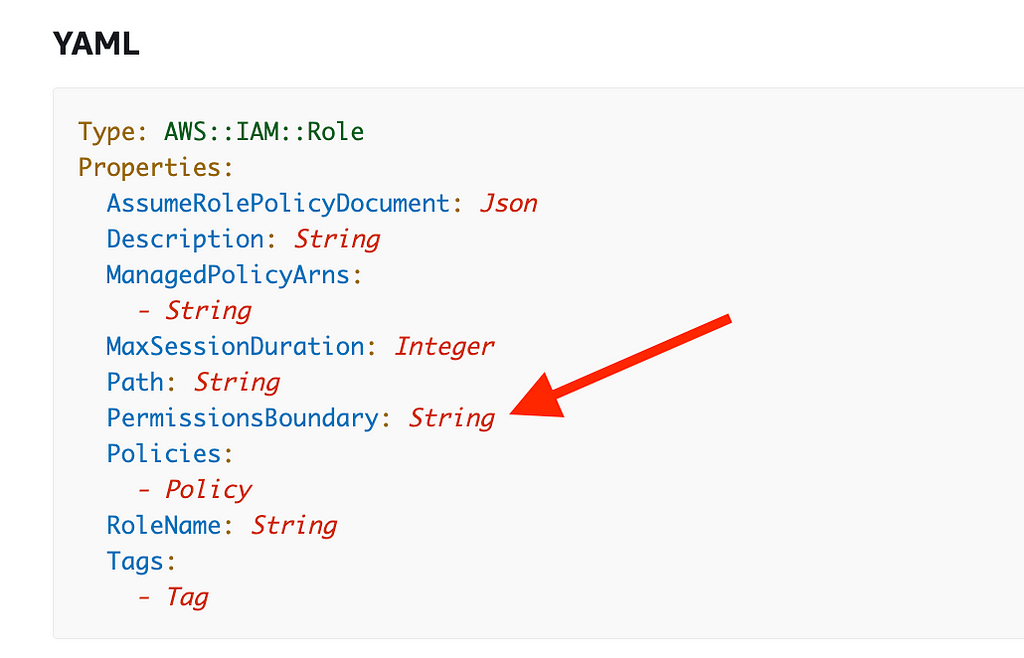ACM.132 An underused and underrated IAM feature that can help prevent privilege escalation on AWS
This is a continuation of my series on Automating Cybersecurity Metrics.
In the last post we looked at one way to prevent users with IAM Privileges from editing their own policies.
To NotResource or To Not NotResource In an AWS IAM Policy
Next we’ll explore a way to enforce a boundary on creation of new users and roles to limit how much permission an IAM administrator can grant to new users.
Permissions boundaries has been a topic and lab in my cloud security class since 2018. Even though it has been around for a while I am surprised how often people on calls with me through IANS Research have never heard about it. This AWS feature is a great way to limit privilege escalation in your AWS account through IAM permissions granted to a user. We’ll take a look at using it to limit permissions for our IAM administrators in this post.
If you want to understand how IAM administrators (or an attacker who obtains access to their credentials or session token) might abuse their privileges check out this post, which outlines possible escalations via IAM permissions at the end.
IAM Administrator Permissions for An AWS Organization
Let’s see how permission boundaries can help us limit the ability for an IAM user to create a new user or compute resource that can change the root IAM Policies and then use that resource to change their own permissions.
Permissions boundaries for IAM entities
What is a Permission Boundary?
Here’s how AWS defines permission boundaries:
A permissions boundary is an advanced feature for using a managed policy to set the maximum permissions that an identity-based policy can grant to an IAM entity. An entity’s permissions boundary allows it to perform only the actions that are allowed by both its identity-based policies and its permissions boundaries.
Let’s break that down in plain English.
A permission boundary is a managed IAM policy.
To create a permission boundary you start by creating a managed policy with the maximum possible permissions you want a user or role to have when it is created.
Typically the person who creates the permission boundary is not the one who assigns it (or that would defeat the purpose).
Where and how do you set a permission boundary?
You can set a permission boundary on an IAM user in the IAM console or through programmatic means like CloudFormation:

You can also assign a permission boundary to an IAM role:

Click on PermissionBoundary. In this description we can see that the value assigned to the permission boundary property is a managed policy.

Note that assigning a permission boundary does not grant the permissions in the permission boundary, it only limits the possible permission that a user or role can have. That’s why it’s not very useful if the same person is creating the permission boundary and the assigned permissions. The assigned permissions alone can limit the actions the principal can take.
Perhaps a more concise definition of a permission boundary:
A permission boundary limits the permissions that a one principal with IAM privileges can assign to another principal.
How do you use a permission boundary?
When you grant permission to an AWS administrator or developer to assign policies and permissions to other principals, you use some method to enforce that a permission boundary must be applied. There are a few methods for enforcing permission boundaries:
- Create the resource in advance and apply the permission boundary and don’t allow the administrator or developer to change it, though they can change the policy assigned to the resource.
- Add a condition in the administrator or developer’s own policy that states that they can only change a resource when a permission boundary is applied to the resource.
It does not appear that you can enforce permission boundaries through a service control policy yet, something I requested at my meetup in Seattle years ago. #awswishlist.
Even more unfortunate is the fact that it does not appear that you can create an SCP using CloudFormation. #awswishlist !!!
Creating, updating, and deleting service control policies
Perhaps that will be available later. For now we’ll focus on account and principal level controls.
Here are a few examples of how you might use permission boundaries:
Allowing Developers to Create IAM Roles for Applications
When and where to use IAM permissions boundaries | Amazon Web Services
Using Permission Boundaries to Limit Permissions of Lambda Functions
Using permissions boundaries for AWS Lambda applications
We’ll consider how we might use permission boundaries to protect our domains account in the next few posts.
Follow for updates.
Teri Radichel
If you liked this story ~ clap, follow, tip, buy me a coffee, or hire me :)
Medium: Teri Radichel
Email List: Teri Radichel
Twitter: @teriradichel
Twitter (company): @2ndSightLab
Mastodon: @teriradichel@infosec.exchange
Post: @teriradichel
Facebook: 2nd Sight Lab
Slideshare: Presentations by Teri Radichel
Speakerdeck: Presentations by Teri Radichel
Books: Teri Radichel on Amazon
Recognition: SANS Difference Makers Award, AWS Hero, IANS Faculty
Certifications: SANS
Education: BA Business, Master of Sofware Engineering, Master of Infosec
How I got into security: Woman in tech
Buy me a coffee: Teri Radichel
Company (Penetration Tests, Assessments, Training): 2nd Sight Lab
Request services via LinkedIn: Teri Radichel or IANS Research
© 2nd Sight Lab 2023
All the posts in this series:
____________________________________________
Author:
Cybersecurity for Executives in the Age of Cloud on Amazon

Need Cloud Security Training? 2nd Sight Lab Cloud Security Training
Is your cloud secure? Hire 2nd Sight Lab for a penetration test or security assessment.
Have a Cybersecurity or Cloud Security Question? Ask Teri Radichel by scheduling a call with IANS Research.
Cybersecurity & Cloud Security Resources by Teri Radichel: Cybersecurity and Cloud security classes, articles, white papers, presentations, and podcasts
AWS IAM Permission Boundaries was originally published in Cloud Security on Medium, where people are continuing the conversation by highlighting and responding to this story.





0 Comments